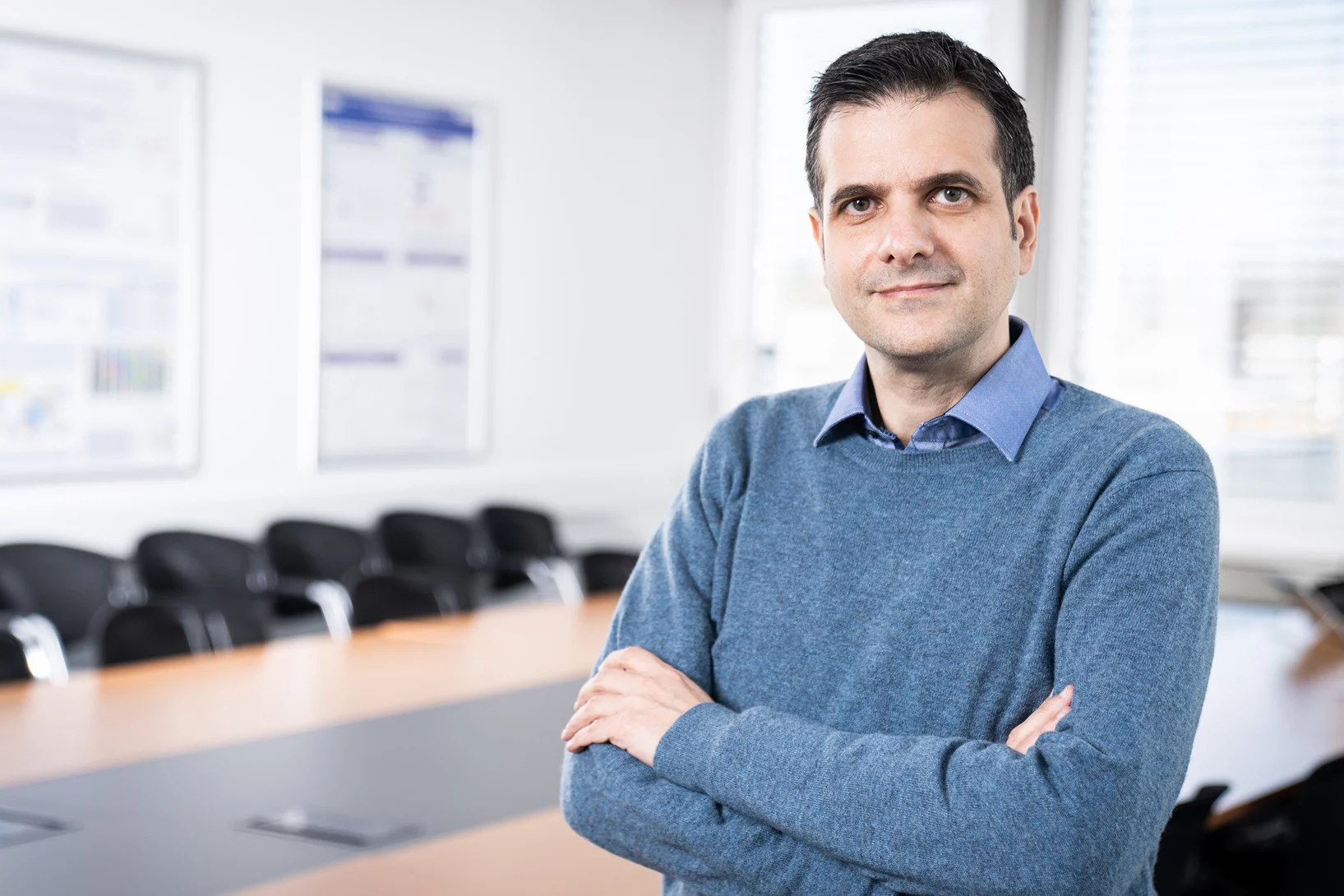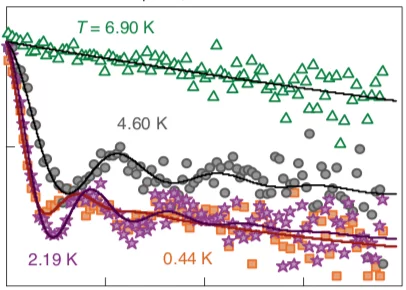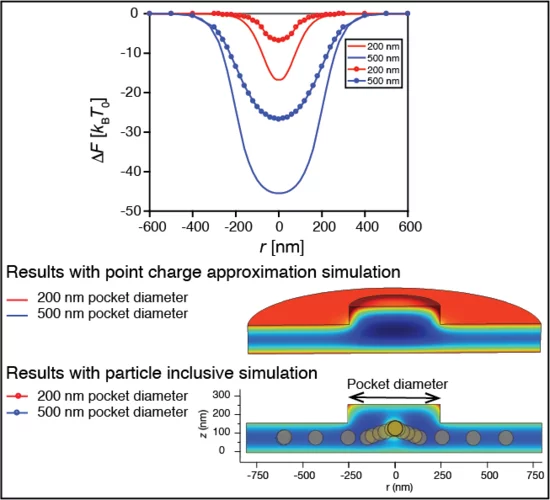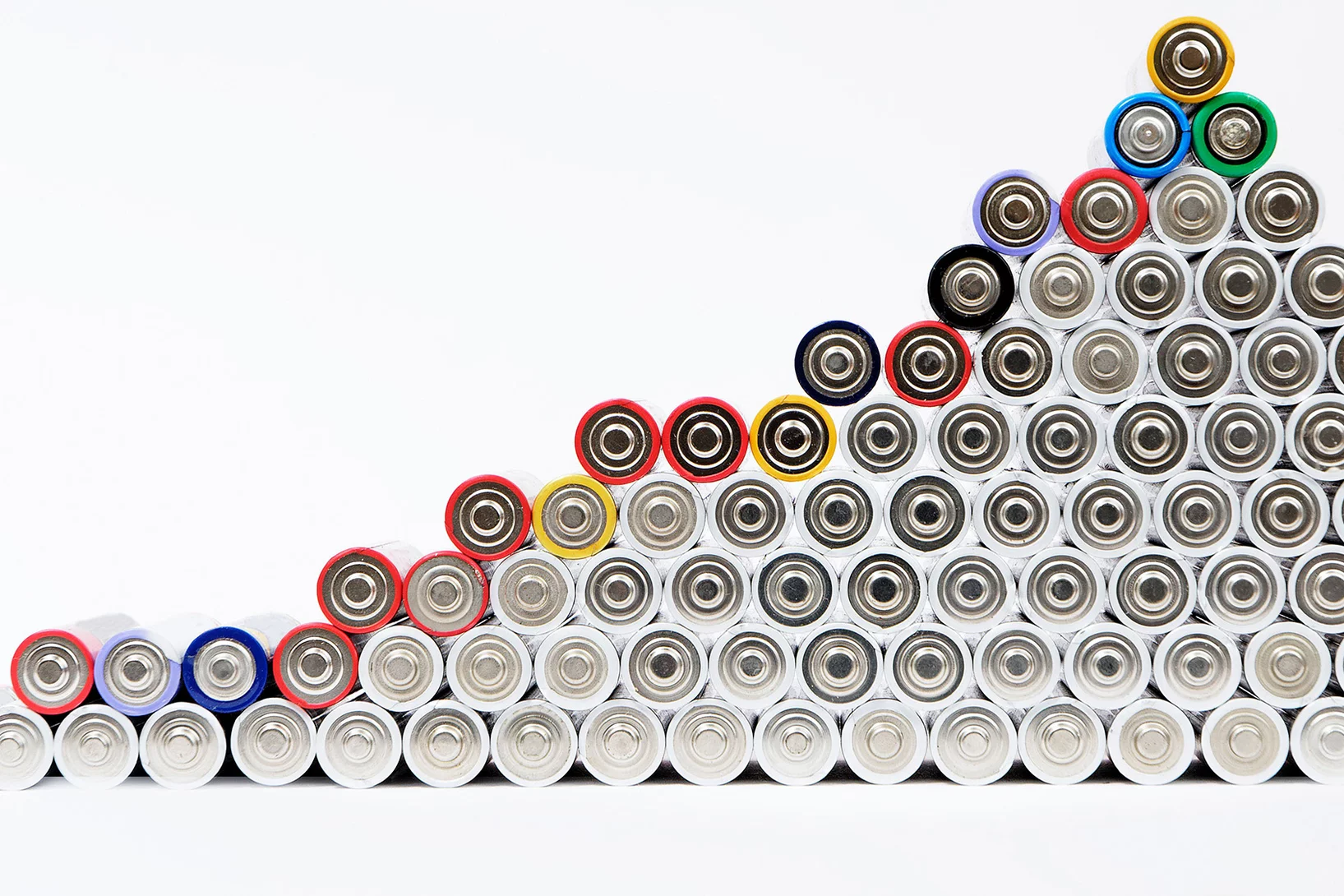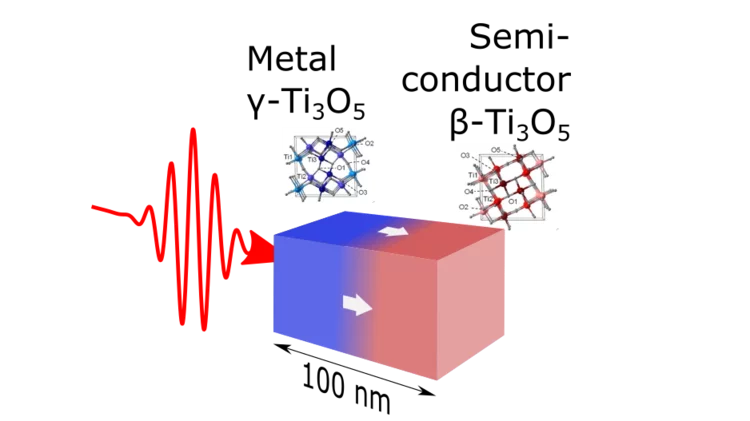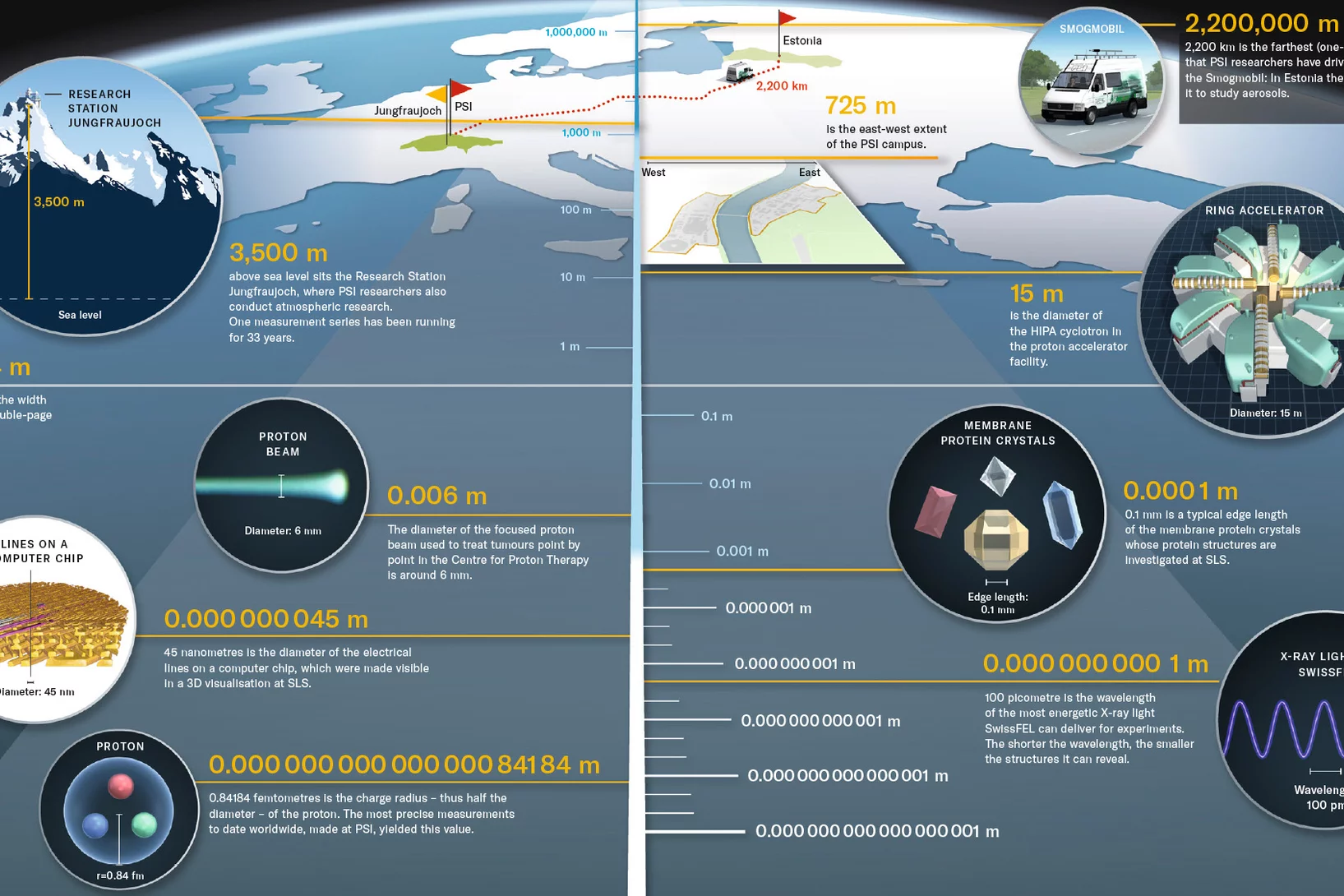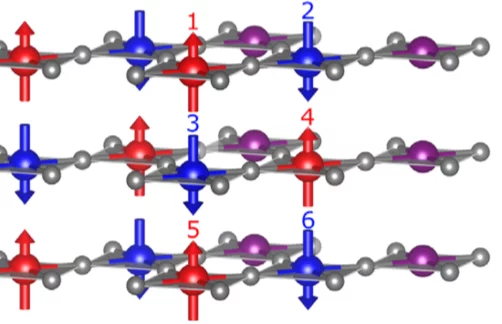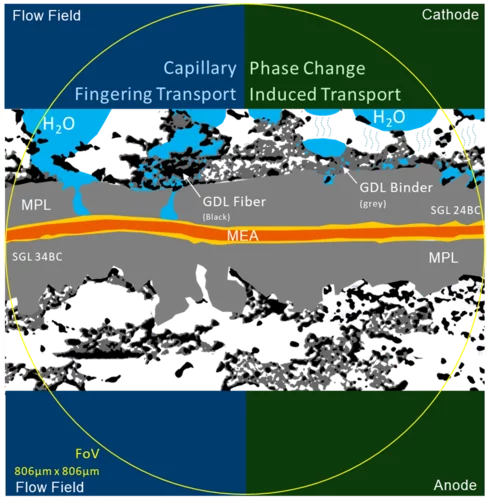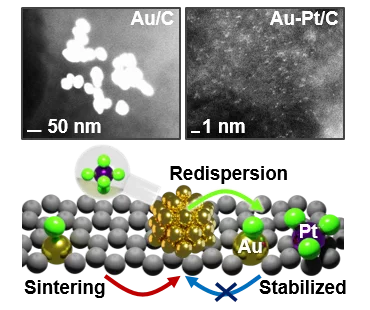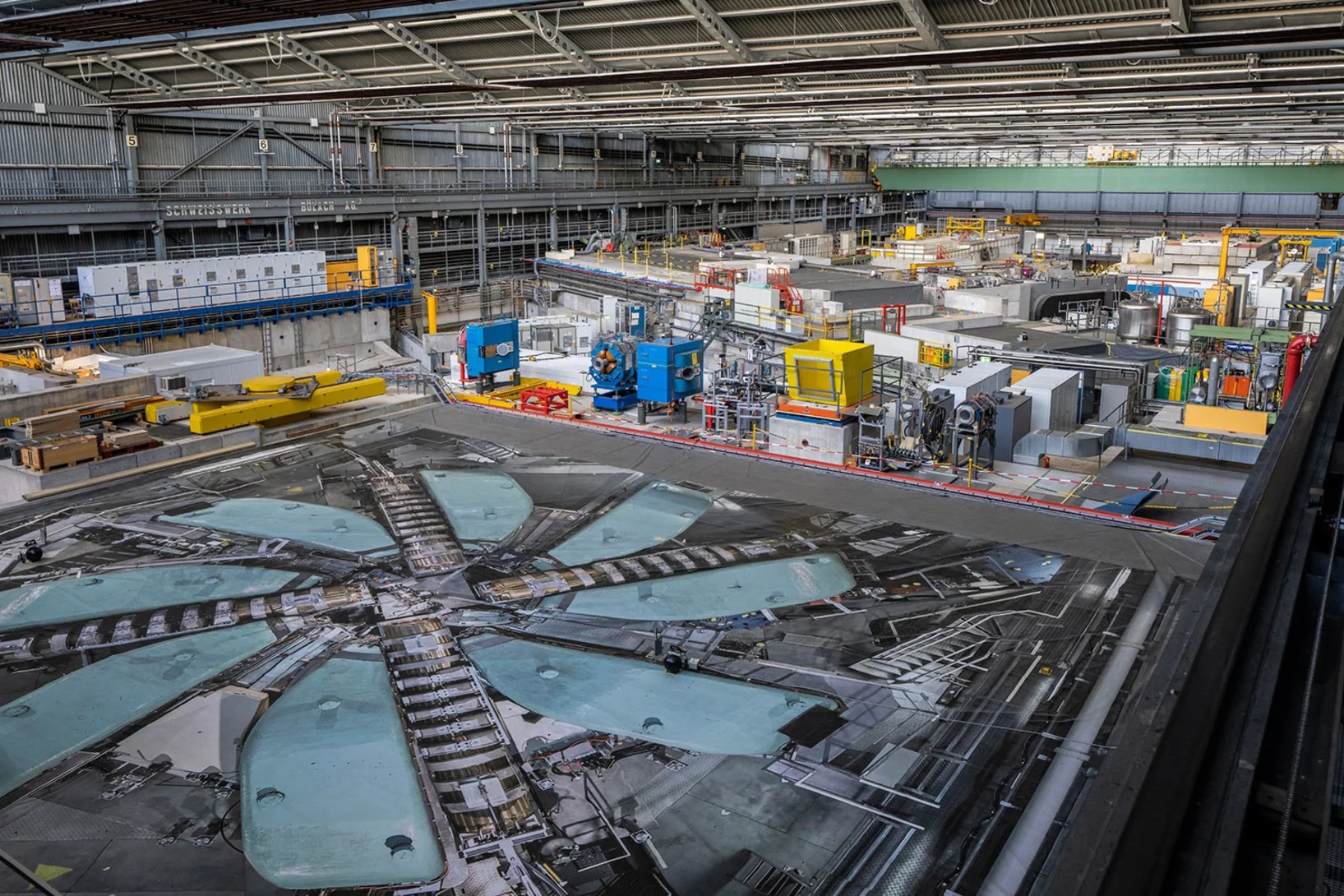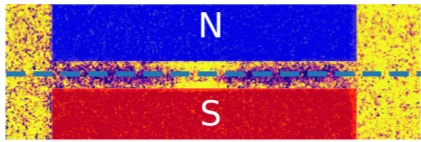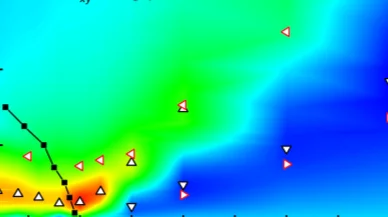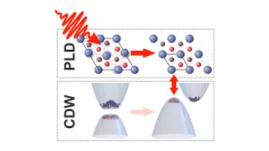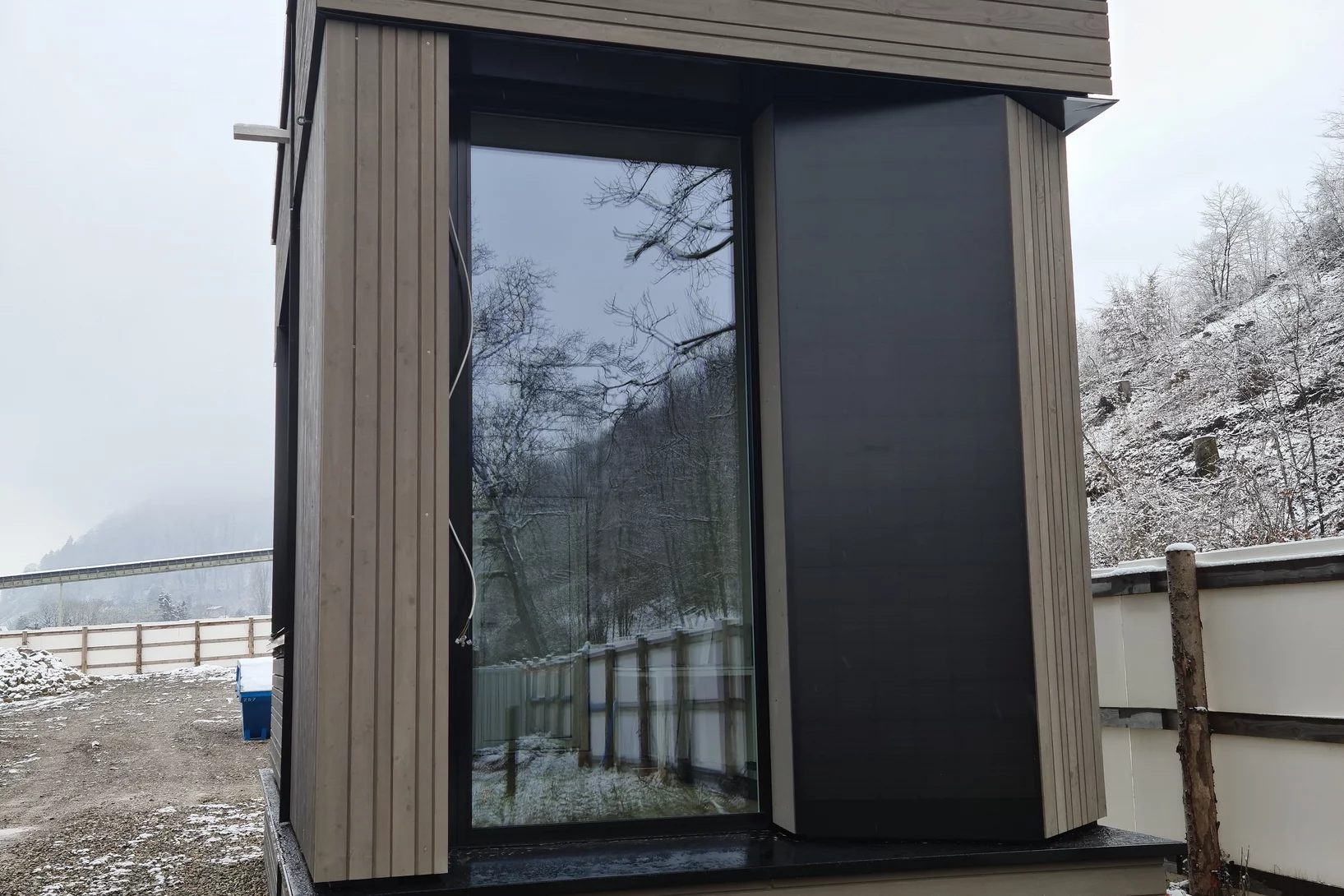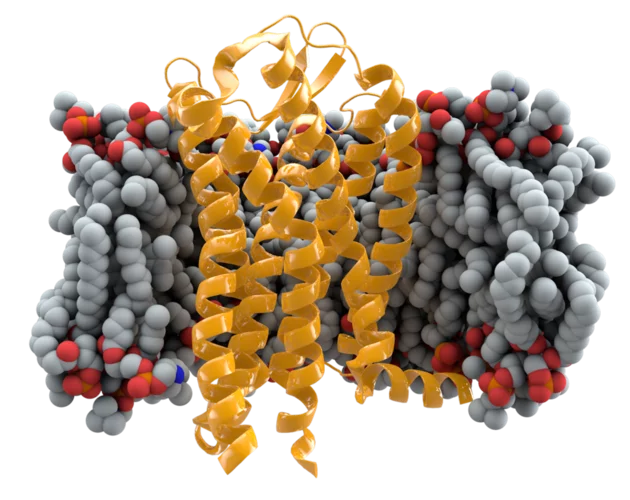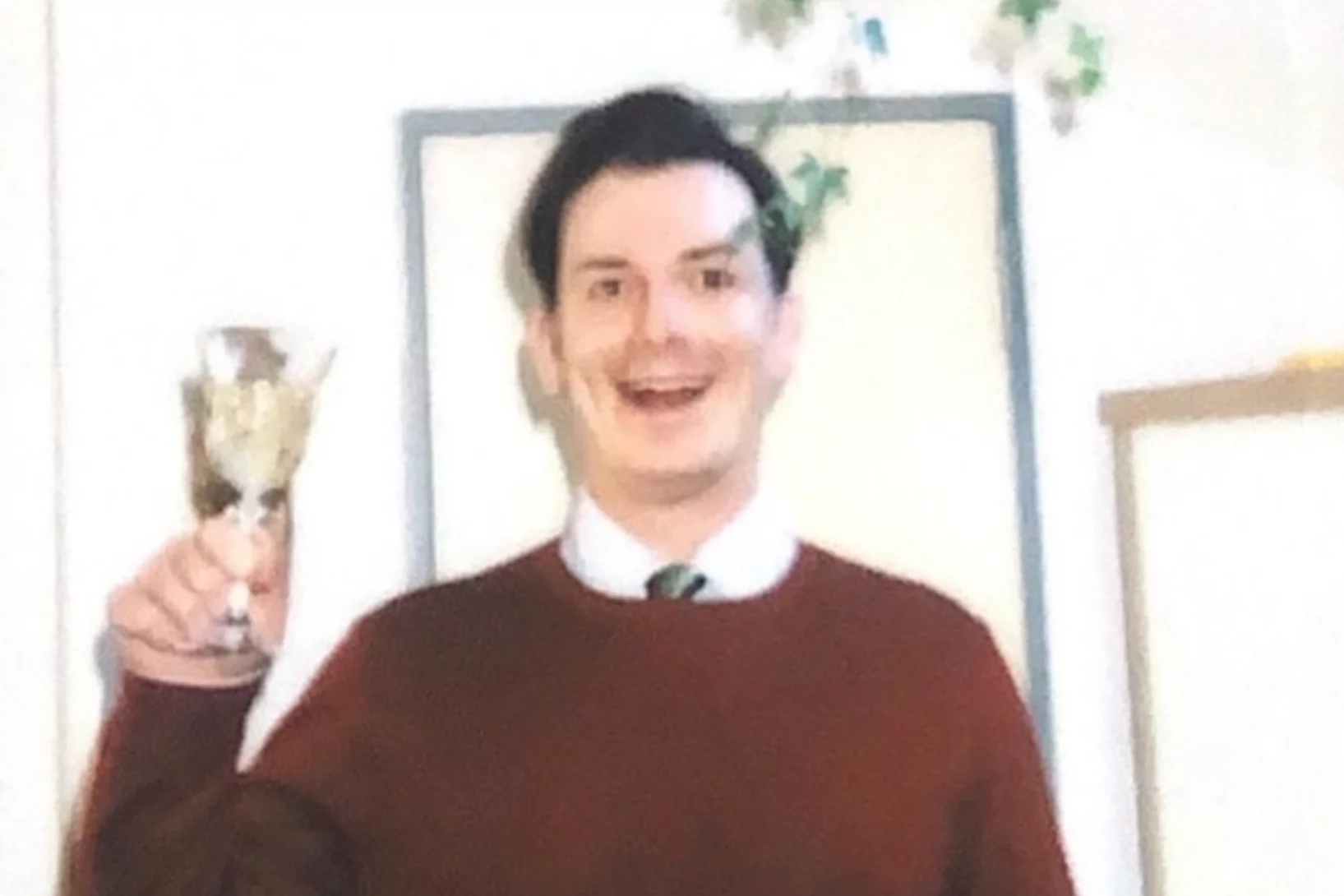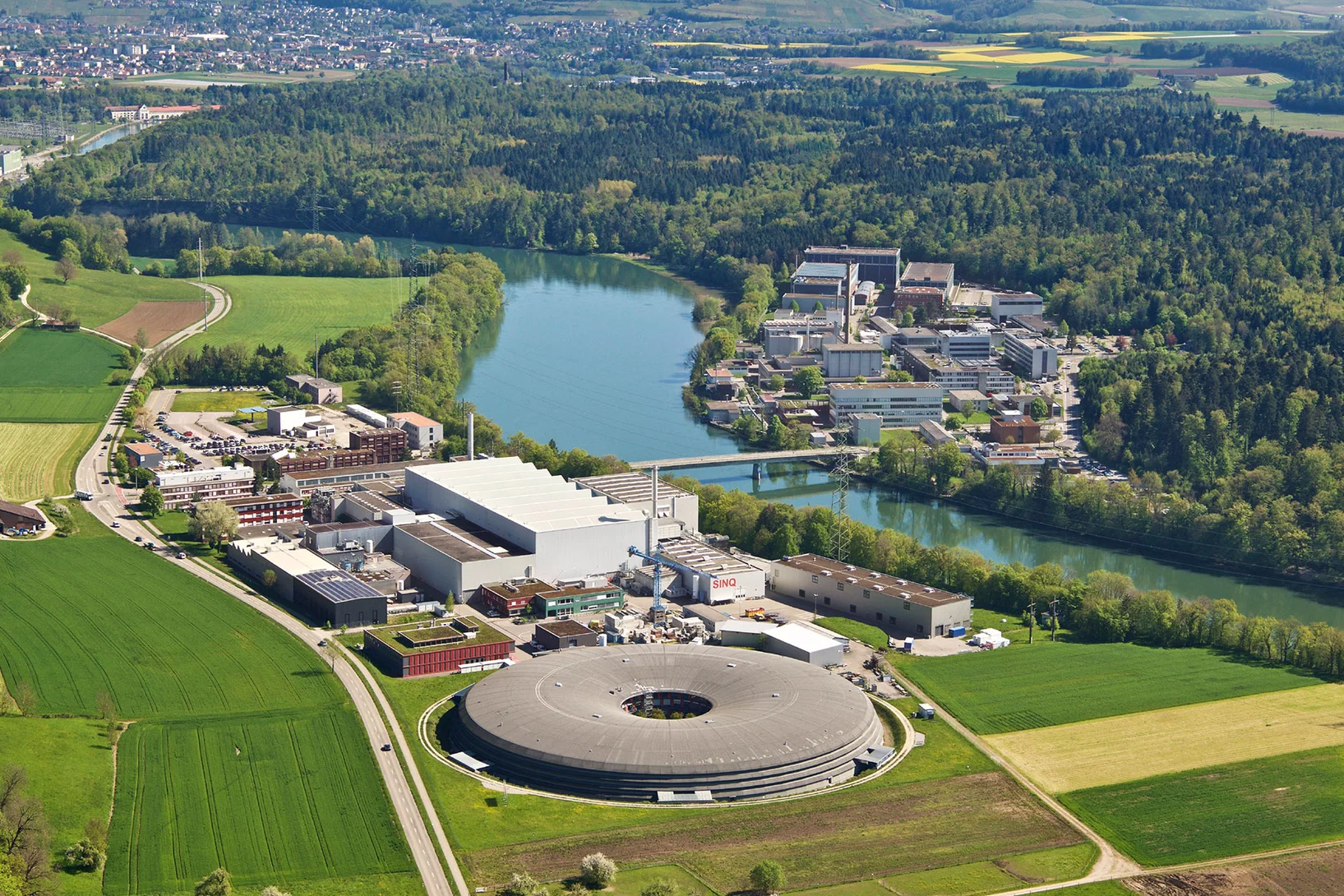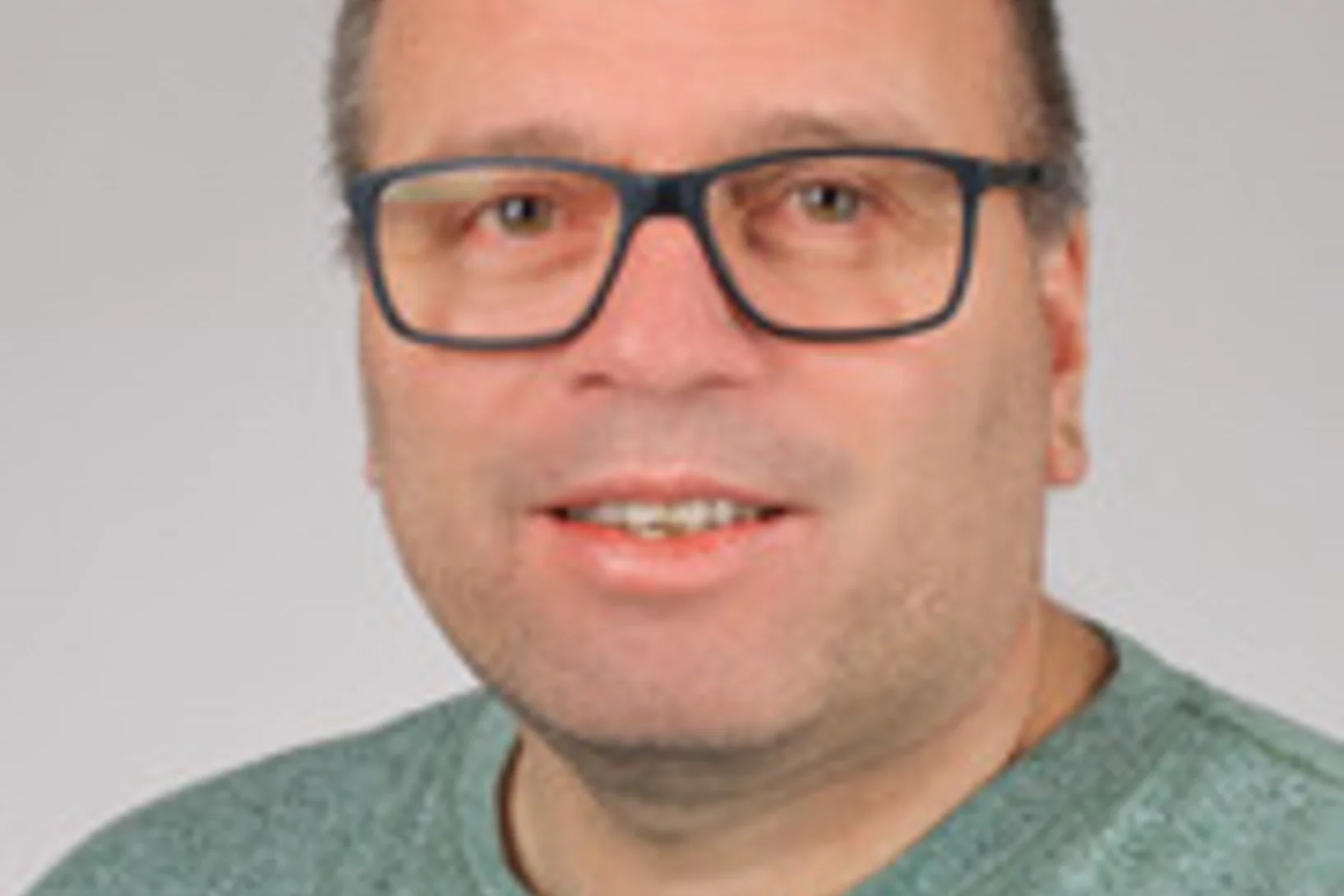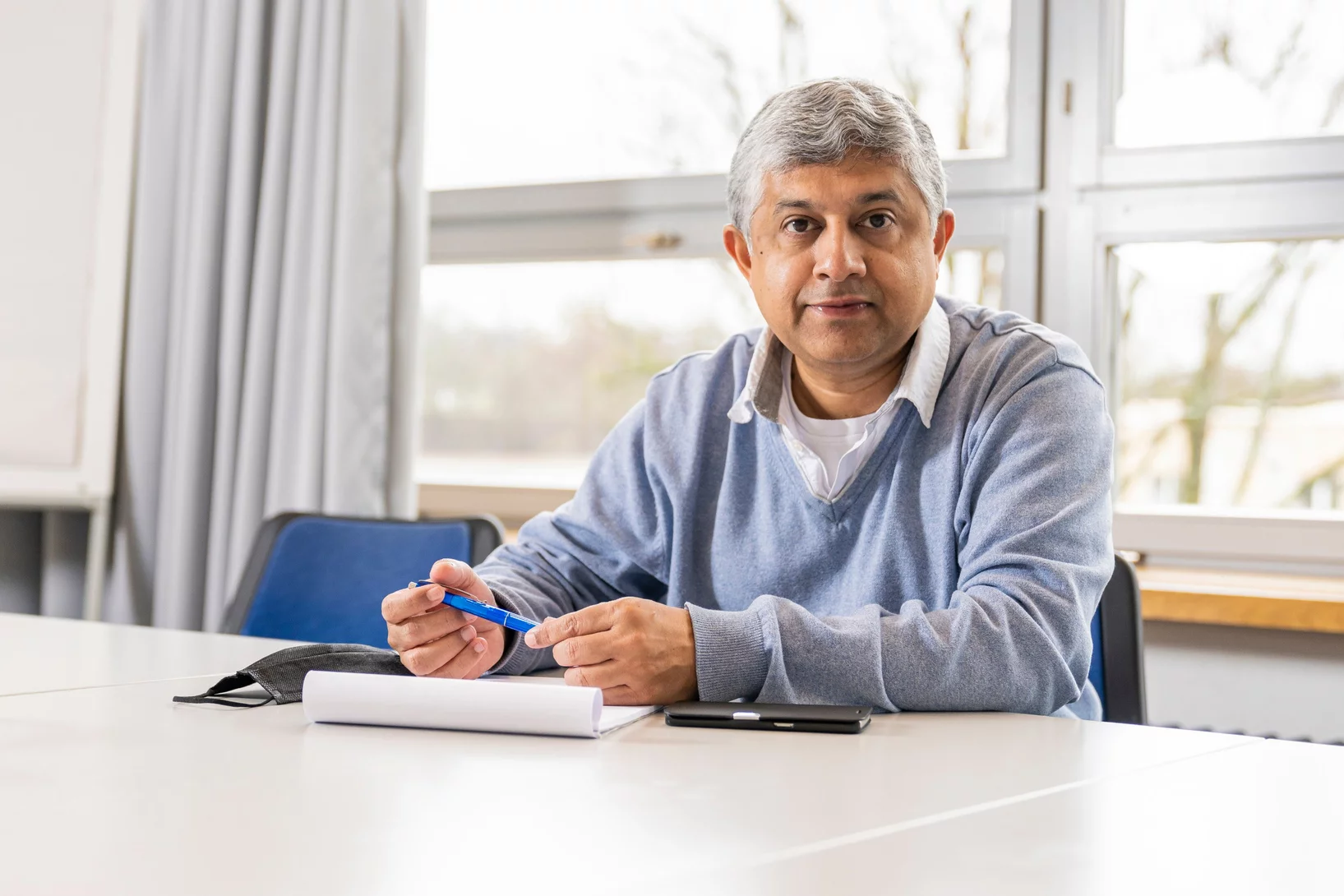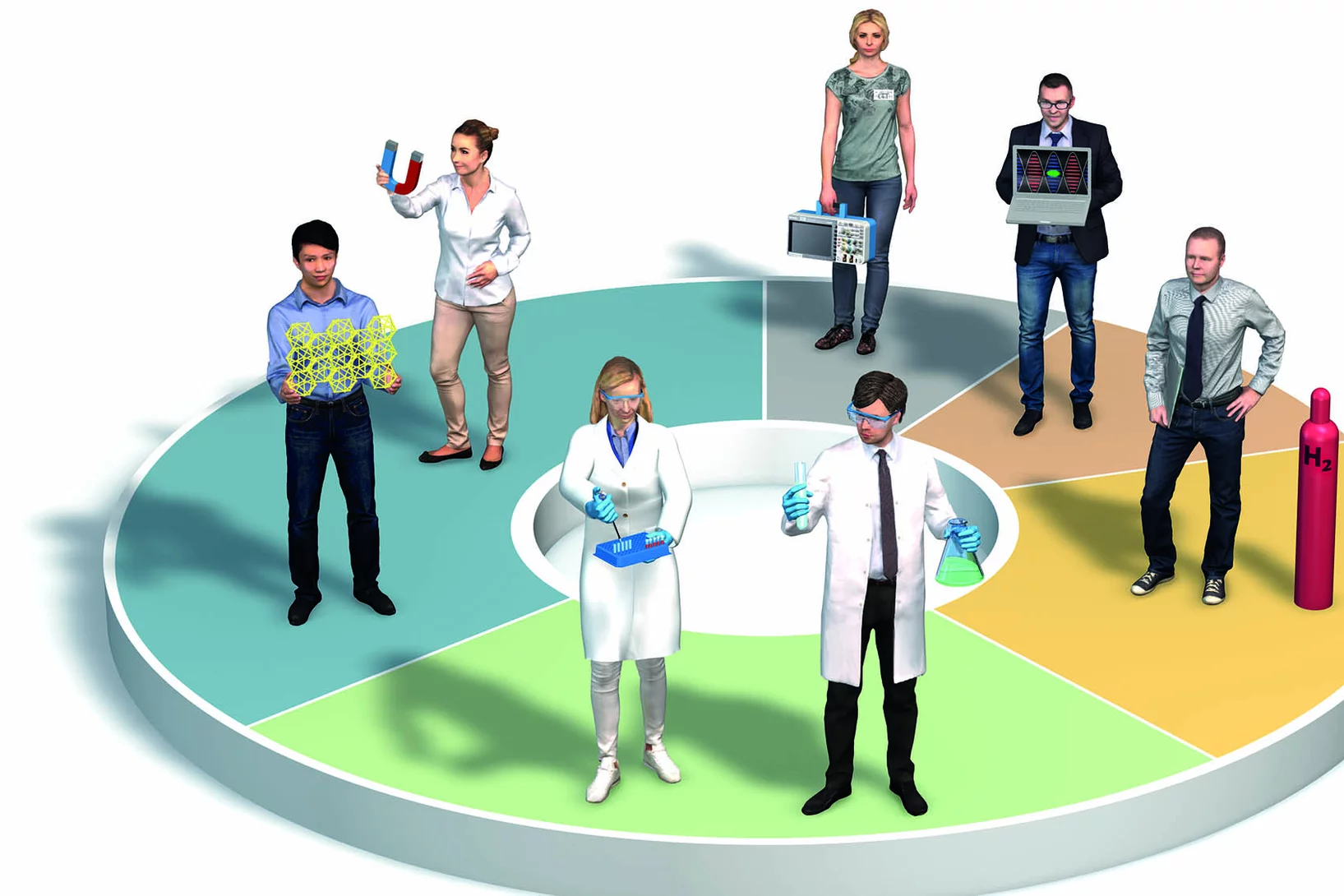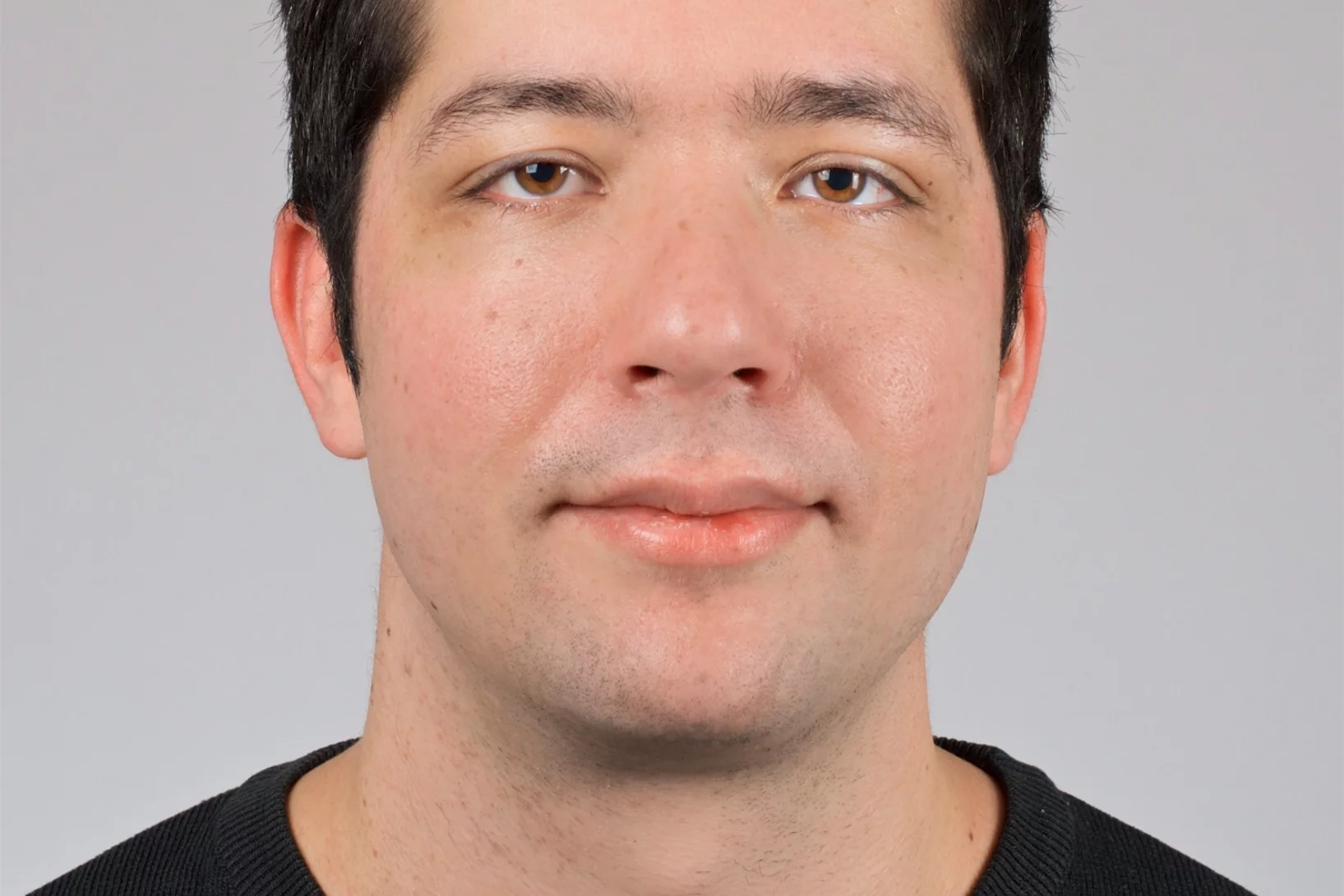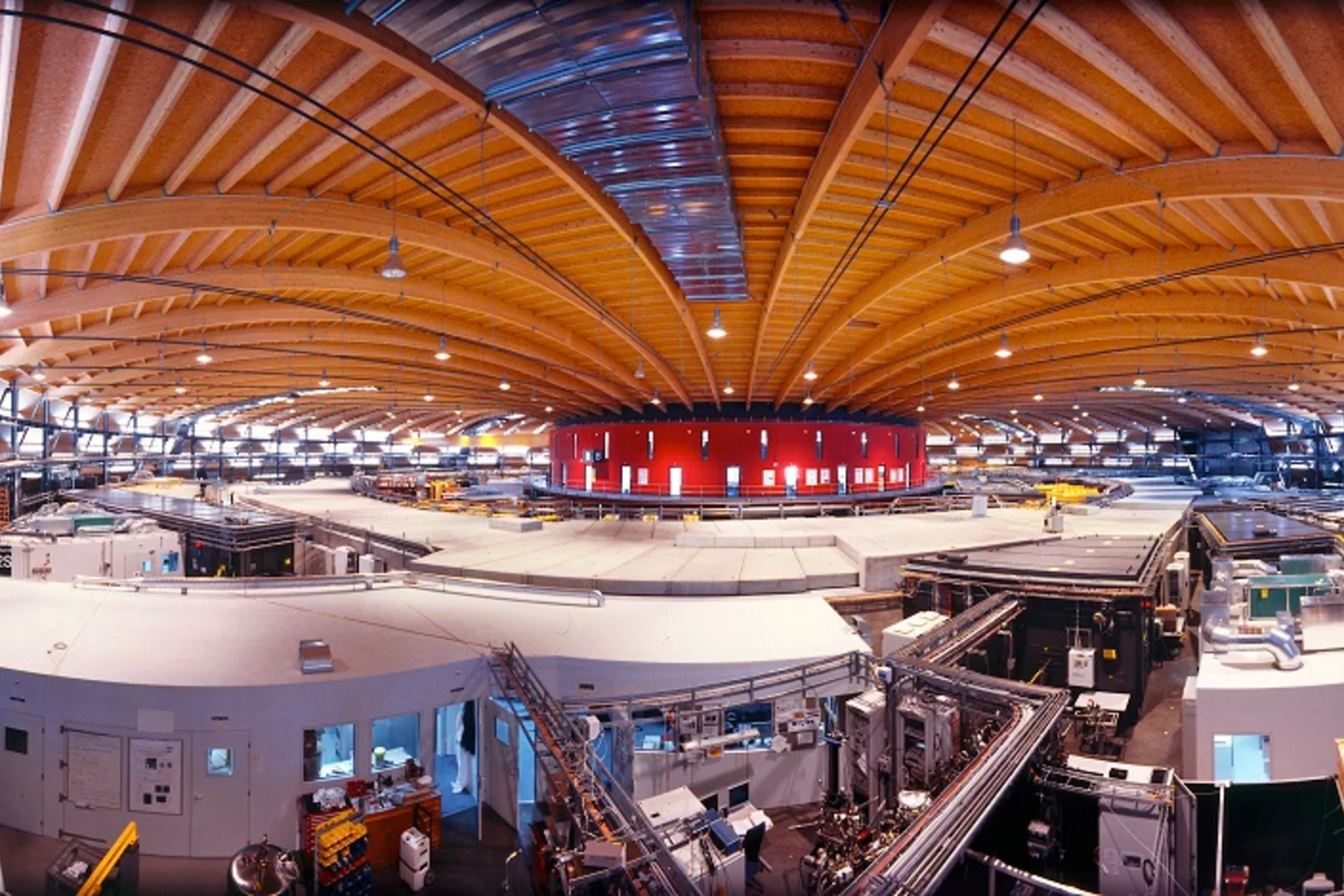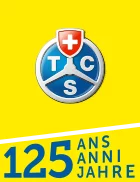Shifting away from nuclear energy, expanding solar and wind power, generating energy from biomass, reducing energy consumption. Switzerland is committed to becoming climate-neutral by 2050. An ambitious goal, which has become more urgent than ever due to the increasingly challenging geopolitical situation. How can a sustainable and resilient energy supply for Switzerland be established over the coming years? What's the optimal way to use renewable energy sources? What new technologies are especially promising? At PSI, researchers are seeking answers to these crucial questions.
Switzerland's energy transition
Can Switzerland, as planned, reduce its CO2 emissions to zero by 2050? What is needed to achieve this? What could it cost?
"Numbers help us improve"
Peter Allenspach is head of the Logistics Division at PSI. Through his work, he always has his eye on the numbers that describe the Institute.
Split superconducting and time-reversal symmetry-breaking transitions in Sr2RuO4 under stress
Strontium ruthenate (Sr2RuO4) continues to present an important test of our understanding of unconventional superconductivity, because while its normal-state electronic structure is known with precision, its superconductivity remains unexplained. There is evidence that its order parameter is chiral, but reconciling this with recent observations of the spin part of the pairing requires an order parameter that is either finely tuned or implies a new form of pairing. Therefore, a definitive resolution of whether the superconductivity of Sr2RuO4 is chiral is important for the study of superconductivity.
Watching receptor proteins changing shape
In our bodies, G protein-coupled receptors mediate countless processes. PSI researcher Ramon Guixà talks about how he brings those receptor molecules to life on the computer screen.
Optimization of Nanofluidic Devices for Geometry-Induced Electrostatic Trapping
Single particle studies play an important role in understanding their physical and chemical properties. Electrostatic trapping is on one such robust method that allows for a contact-free high-throughput single nanoparticle trapping in an aqueous environment in a nanofluidic device. However, finding an optimum design solution for stiffer single particle trapping for different particles is a cumbersome process. This work presents all crucial geometrical parameters required to tune the trapping efficiency of the device, and their impact. Furthermore, the work enables to quickly identify and optimize nanofluidic devices design for stronger single particle confinement using numerical simulations, saving the massive experimental time required for device optimization.
Green fuels for aviation
In a new initiative, PSI and Empa want to jointly develop a process for producing kerosene from renewable resources.
The Swiss Battery Days 2020/2021
A world without batteries? Unimaginable! They transform our electronic devices into wireless and portable objects.
Conduction control in nanoparticles
Light induced propagation strain pulse, converting nanoparticles of Ti3O5 from semiconducting to metallic phase.
Infografic «Dimensions at PSI»
From the smallest particles to space missions: The range of dimensions that can be found at PSI invites you on a journey through the orders of magnitude.
Strong Superexchange in a d^(9−δ) Nickelate Revealed by Resonant Inelastic X-Ray Scattering
The discovery of superconductivity in a d9−δ nickelate has inspired disparate theoretical perspectives regarding the essential physics of this class of materials. A key issue is the magnitude of the magnetic superexchange, which relates to whether cuprate-like high-temperature nickelate superconductivity could be realized. We address this question using Ni L-edge and O K-edge spectroscopy of the reduced d9−1/3 trilayer nickelates R4Ni3O8 (where R = La, Pr) and associated theoretical modeling.
Temperature Dependent Water Transport Mechanism
Subsecond and submicron operando X-ray tomographic microscopy (XTM) was applied to reveal the water dynamics inside the gas diffusion layer (GDL) of polymer electrolyte fuel cells (PEFC). Utilizing the instrumental advancements in operando XTM of PEFCs the contribution of capillary-fingering and phase-change-induced flow on water transport in GDLs was quantified, for the first time during fuel cell startup at different operation temperatures.
Sustainable Synthesis of Bimetallic Single Atom Gold-Based Catalysts with Enhanced Durability in Acetylene Hydrochlorination
Platinum chloride in aqueous solution promotes the dispersion of large gold nanoparticles (>70 nm) on carbon carriers into single atoms, forming bimetallic single-atom catalysts with improved resistance against sintering at temperatures up to 800 K and under the harsh reductive reaction conditions of acetylene hydrochlorination, leading to improved lifetime in this reaction. To rationalize these observations, this study, led by ETH Zurich, utilized X-ray adsorption spectroscopy conducted at the SuperXAS beamline of the SLS to provide insights into the degree of gold dispersion and the structure of the isolated metal sites in the bimetallic catalysts.
SWEET Program, Research challenge 4: Sustainability at the heart of a resilient Swiss energy system
The results have been announced of the first call for proposals in the new energy research programme SWEET (Swiss Energy Research for the Energy Transition). An international panel of experts has awarded the contract to four consortia. The host institutions of these research consortia are ETHZ, EPFL, the University of Geneva and the PSI. Over the next six to eight years, they will work on their research tasks in trans- and interdisciplinary projects.
The Swiss research infrastructure for particle physics CHRISP
Researchers are looking for deviations in the current standard model of physics and want to find out how our universe is constructed.
Decomposing Magnetic Dark-Field Contrast in Spin Analyzed Talbot-Lau Interferometry: A Stern-Gerlach Experiment without Spatial Beam Splitting
We have recently shown how a polarized beam in Talbot-Lau interferometric imaging can be used to analyze strong magnetic fields through the spin dependent differential phase effect at field gradients. While in that case an adiabatic spin coupling with the sample field is required, here we investigate a nonadiabatic coupling causing a spatial splitting of the neutron spin states with respect to the external magnetic field. This subsequently leads to no phase contrast signal but a loss of interferometer visibility referred to as dark-field contrast.
Unconventional Transverse Transport above and below the Magnetic Transition Temperature in Weyl Semimetal EuCd2As2
As exemplified by the growing interest in the quantum anomalous Hall effect, the research on topology as an organizing principle of quantum matter is greatly enriched from the interplay with magnetism. In this vein, we present a combined electrical and thermoelectrical transport study on the magnetic Weyl semimetal EuCd2As2. Unconventional contribution to the anomalous Hall and anomalous Nernst effects were observed both above and below the magnetic transition temperature of EuCd2As2, indicating the existence of significant Berry curvature.
Structural involvement in the melting of the charge density wave in 1T-TiSe2
The authors find using resonant and non-resonant x-ray diffraction on an x-ray free electron laser that the structural distortion and the underlying electronic structure of the charge density wave in TiSe2 show different energetics at ultrafast timescales. This indicates that the lattice distortion stabilizes the charge density wave.
Ultrafast calorimetry of deeply supercooled water
FEL-based ultrafast calorimetry measurements show enhancement and maximum in the isobaric specific-heat.
Clever chicanery delivers ultra-short hard X-ray pulse
A chicane slows down race cars on a track, causing them to bunch together. Using the same technique for electrons creates ultra-short X-rays that pack a punch.
Park Innovaare Innovation Campus: Mock-up model in place
Construction work on the Park Innovaare innovation campus, which began in November 2019, is progressing very well. In the meantime, the construction progress is clearly visible. The Innovation Campus consists of two main buildings (A1 and B1), in which entire floors as well as individual offices and laboratory spaces will be rented out. A1 and B1 are connected by a passageway on the first floor.
Peering into proteins for better drug discovery
The CCR5 receptor (yellow) spans the cell membrane to relay messages from chemokines into the cell’s interior. But until now researchers did not know for sure how that looked when the receptor was activated.
Congratulations to Julian Wennmacher!
On February 10th, 2021, Julian Wennmacher defended his PhD entitled "Developing electron crystallography to elucidate the location of functional sites in zeolites" at ETH Zurich. Congratulations!
Infografic «The PSI campus»
It's no coincidence that 5232 is the title of the PSI magazine: It is the unique postal code of the Institute. On the site of the PSI campus, the size of 48 football fields, there are still more numbers to discover, from daily coffee consumption to hundreds of thousands of metres of fibre-optic cables.
New group member
Robert Kälin officially joins the Quantum Technologies group as technician of the Cristallina endstation.
"Ultimately, we aim to understand how diseases start in single cells"
Imaging and sequencing techniques combined with machine learning offer researchers countless opportunities to look inside cells with greater precision than ever before. G.V. Shivashankar, lab head at PSI, describes how such information can be used to find answers to pressing questions.
Infographic «People at PSI»
PSI has around 2,100 employees, including 800 researchers. In addition, guest researchers and visitors are regularly on site. Our infographic shows the people at PSI.
Christian Bauer interviewed on Electric Mobility at the Kassensturz program by SRF
SRF interviewed Christian Bauer, a scientist at PSI's Laboratory for Energy Systems Analysis who specialises in life cycle and sustainability analyses, on Electric Mobility at the program Kassensturz
Welcome Florent Dubray
On Feb 1st, a new postdoc, Florent Dubray will start in our group. He finished his PhD on the synthesis, characterization and catalytic applications of metal containing zeolites at the ENSI in Caen.
He will work on the (new) SYNFUEL project (a PSI initiative to make sustainable jet fuel) converting methanol into jet fuel over modified zeolite catalysts.
Industry-Webinar: SLS 2.0 Upgrade Program
We are pleased to invite interested national and international companies to our information webinar for the SLS 2.0 (Swiss Light Source) upgrade project in Villigen, Switzerland.
This webinar will be broadcast on the 9th February 2020 from 10:00 to 12:30 CET.
The event is jointly organised by the PSI (Paul Scherrer Institute) and the Swiss ILO (Industry Liaison Office for Research Institutions). During this webinar we will provide information on the PSI procurement rules, an introduction to the SLS 2.0 project and an overview of the upcoming SLS 2.0 commercial tenders.
TCS Switzerland Passenger Cars platform extended with Life Cycle Carbon footprint from PSI-TA
TCS Switzerland has extended its passenger car search and comparison platform by adding the life cycle carbon footprint quantified by PSI-TA.

